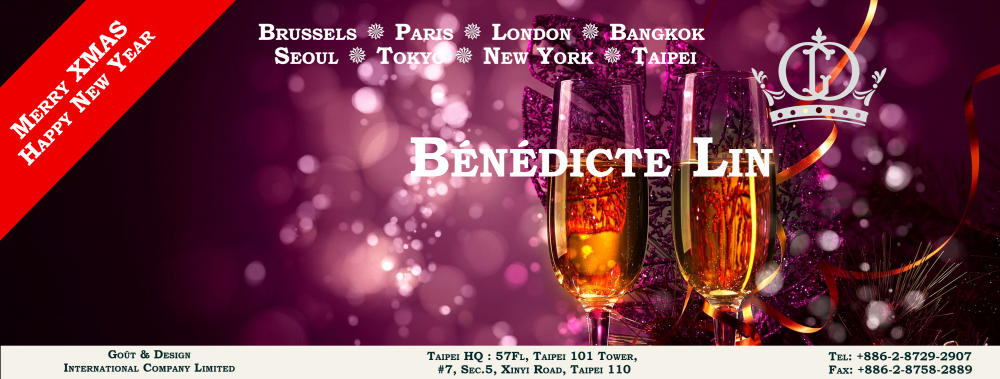Embarking on the journey of goal-setting is a transformative endeavor, shaping the path to personal and professional success. In this three-chapter exploration, we delve into renowned frameworks that guide this process. From the precision of SMART Goals to the strategic prioritization of the Eisenhower Matrix, and the audacity of BHAGs, we navigate a landscape that extends beyond the familiar. Join us as we unravel the art, nuances, and personalized strategies that compose the symphony of effective goal setting.

The Art of Goal Setting. In the pursuit of personal and professional excellence, the art of goal setting plays a pivotal role. Whether you’re embarking on a new project or seeking self-improvement, having a structured approach is key. One widely embraced framework is the SMART Goals methodology. By ensuring goals are Specific, Measurable, Achievable, Relevant, and Time-bound, individuals can lay a solid foundation for success. The Eisenhower Matrix provides another lens through which to view tasks, allowing for effective prioritization based on urgency and importance. Each quadrant guides decision-making, leading to a more strategic allocation of time and resources.

Navigating the Landscape of Goal Frameworks. The goal-setting journey doesn’t end with SMART Goals and the Eisenhower Matrix. It extends into realms such as the OKR (Objectives and Key Results) system, a favored approach at innovative companies like Google. OKRs set clear Objectives and measurable Key Results, aligning individual and team efforts with overarching organizational goals. Meanwhile, the Pareto Principle, or 80/20 Rule, advocates focusing efforts on the 20% of activities that yield 80% of results, promoting efficiency and impactful decision-making. For those seeking a more ambitious path, the BHAGs (Big Hairy Audacious Goals) approach encourages setting audacious, inspiring long-term objectives.

Crafting Your Path to Success. As we delve deeper into the landscape of goal frameworks, the agile approach emerges as a dynamic strategy. Drawing inspiration from Agile project management, Agile Goal Setting involves setting short-term goals, regularly reassessing progress, and adapting plans based on feedback. Personal Development Plans (PDP) guide individuals in identifying strengths, weaknesses, opportunities, and threats, fostering intentional growth. The journey concludes by emphasizing the importance of weaving together elements from various frameworks. This adaptive and personalized approach ensures that goal setting remains a fluid, responsive, and ultimately successful endeavor in the ever-evolving landscape of personal and professional development.

As we wrap up our exploration of goal-setting frameworks, it’s clear that success is a dynamic orchestration. From SMART Goals to BHAGs, each framework contributes a unique note to the symphony of achievement. Remember, the journey doesn’t end here; it evolves. By weaving together these diverse strategies and adapting to the ever-changing landscape, we craft a personal melody of success. Let these frameworks guide, inspire, and propel you towards realizing your aspirations in the intricate tapestry of your goals.

